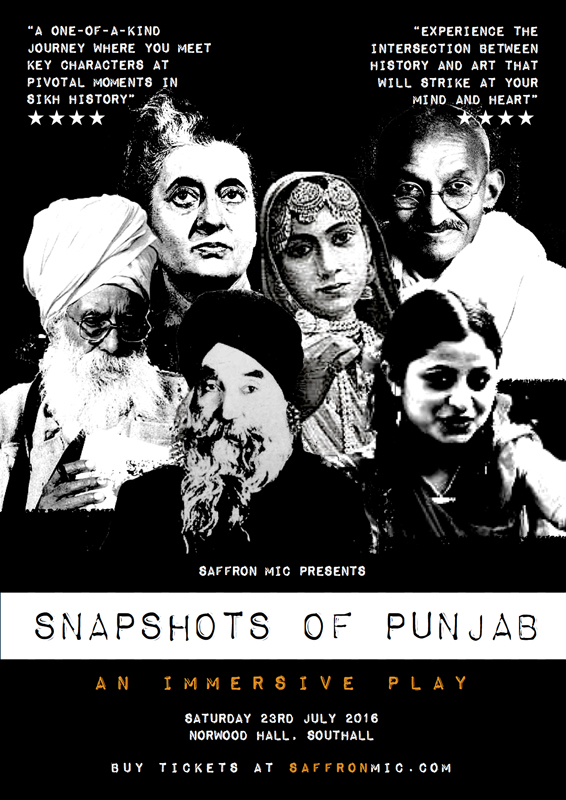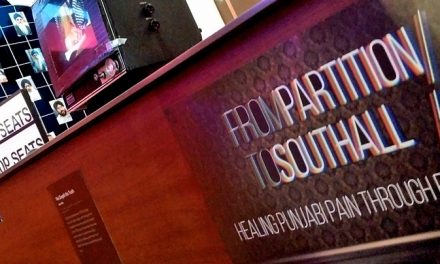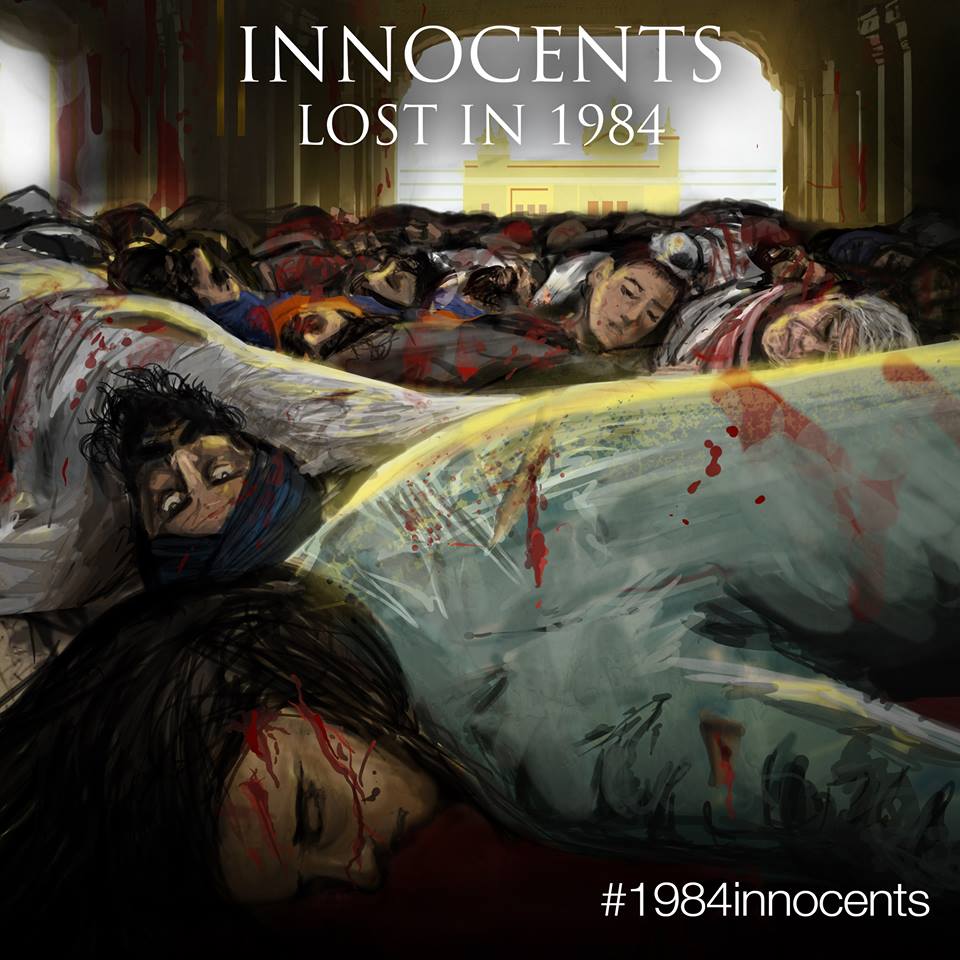The Sikh community’s first immersive play, ‘Snapshots of Punjab’ was staged last week at the Norwood Hall in Southall by the team from Saffron Mic. Over a hundred people attended the experience across the day, gaining an insight into some of the pivotal moments from recent Sikh and Punjabi history. It was an occasion that I found enjoyable and educational, and one that I would hope is replicated so that others in the community are introduced to this innovative art form.
I had been looking forward to experiencing ‘Snapshots of Punjab since I first learnt that it was in production. My own involvement within this group ended some time ago and it gave me great satisfaction to know that it was not only continuing to provide safe spaces for members of the community, but was encouraging experiences in differing art forms. A number of close friends and family joined me at our allocated time slot for the experience at the deceptively large Norwood Hall which now forms one of the properties managed by the Singh Sabha Gurdwara in Southall. Our entry time was a little delayed but as it was a very warm day nobody seemed to mind too much and in all honesty we were all engrossed in conversations about theatre and plays that we’d been to, and trying to predict just how this would measure up.
Once inside we were introduced to the play by video, created to reflect the promotional video (top of page) that had been published earlier in the month. After hearing some quite simple rules instructing us not to talk or use photography, we were directed towards Room 1 and told that from here on in we should follow the arrows laid out across the floor. This was the last point at which we spoke to any indviduals – it was then incumbent upon us, the audience, to make our way from room to room (set to set) and immerse ourselves in the play. Unsurprisingly I tried to do just that and the benefit of buying up the few tickets in my time allocation meant that I was able to choose who joined me for the experience (all of whom played ball and got into play mode!)
In the first room we were met by Rani Jindan who imprisoned by her British captors lamented the demise of the Khalsa Darbar and let us in on her plans to escape. This was followed by transportation into an audience hearing Mohandas Gandhi deliver a speech making promises that the Congress never went on to keep. Perhaps poignantly (intentionally chronologically) we heard from Master Tara Singh, the erstwhile Akali leader of the post-partition era, who exposed the untruths that were blackening his name as he was confined to his manja on hunger strike. Fast-forwarding some time, we came face to face with Bhagat Puran Singh (Pingalwara) who read excerpts from a (now infamous) letter that he was drafting in defiance of the oppresive State regime. His words were aptly followed by a private audience with then Prime Minister Indira Gandhi whose maniacal mutterings gave an insight into the dictatorial fist she ruled with. The experience came to a close with an up-close-and-personal conversation with Amandeep Kaur who had left her once promising life behind to rebel against the State.
Each of the personalities was excellently portrayed; the actors did a great job at performing what must have been a repetitive monologue by the end of the day! From speaking to others who went in for the last shows it seemed that the performances were just as sterling then as the very first showing of the day, so great credit goes to the cast. I don’t want to single any one of them out because each of them delivered the promised immersive experience as befitted their character. It helped that the scripts were so well researched – proven by a follow-up email providing references that had helped to steer the direction of the script. Although occasionally the performances veered towards live interpretation (as commonly seen in historical home re-enactments) the scriptural devices kept the audience involved and I found each room to be of just the right duration. What stood out across the play as a whole were the sets which were decorated incredibly and accompanied by perfect sound, transporting you into another space as intended. Because of the moments that had been chosen and the personalities selected, each room was in stark contrast to the others which made for a varied and more colourful experience. There was a good and varied use of technology that wasn’t lazily repeated – one room utilised a projector screen, others had spotlights, one used a news film reel and so on.
As an overall experience, I would most certainly hope to see more immersive theatre arising, presenting issues that are important to the Sikh and Punjabi communities. I had concluded in the days following the event that we continue to have very few thespians in our midst who have the capacity to be professional on stage – video/film is the choice for most. But any budding young actors who went to ‘Snapshots of Punjab’ will have hopefully been inspired by the excellent cast and it is something that I encourage any creative members of the wider community to get invovled with. Similarly, it would be interesting to see how other Diaspora communities might take on the challenge of producing immersive theatre, in North America for example where community theatre productions have been moderately successful already. That this was a play based entirely on real events would have thrown up all manner of problems for the production team, but I was most impressed and look forward to immersing myself in a follow-up in the near future.







